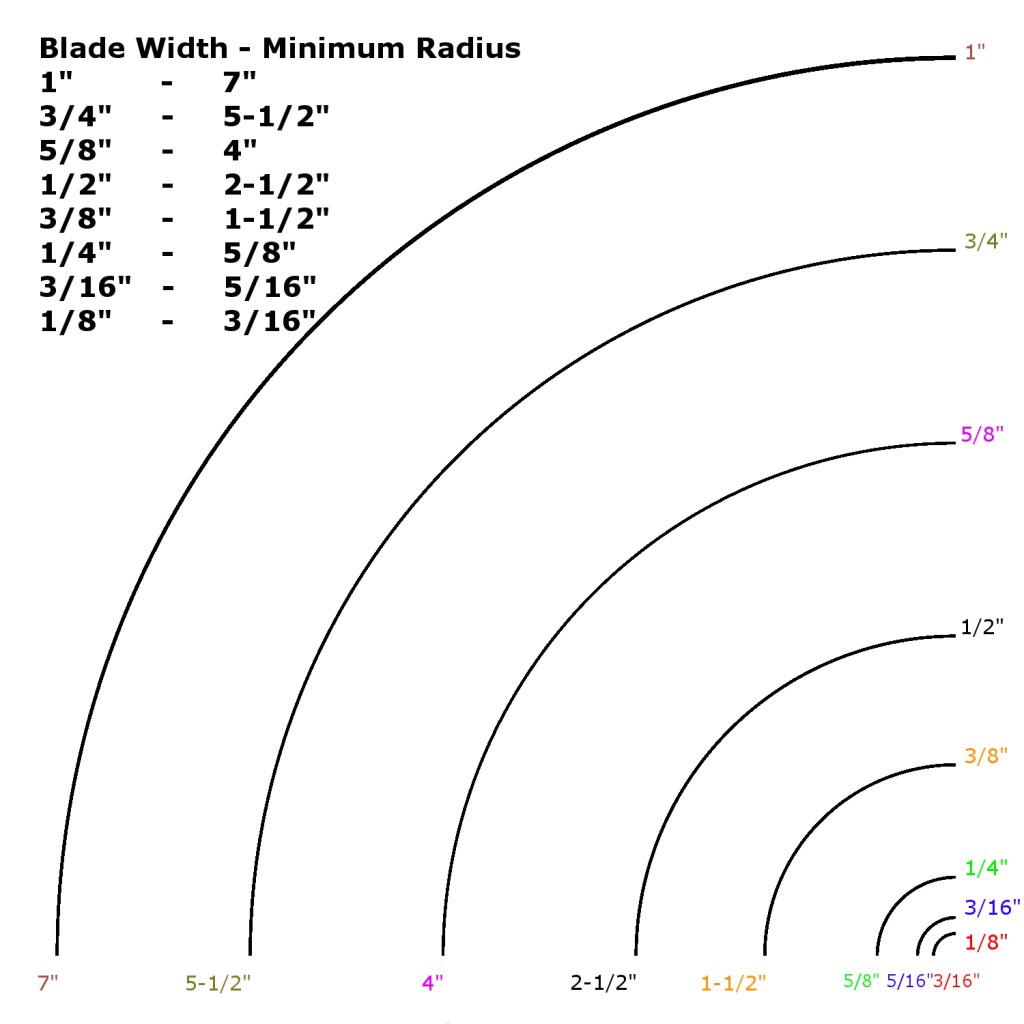- Thread Starter Thread Starter
- #61
New table and upper trunnion on the way. Hopefully it fixes the issue.
Unfortunately, I’m skeptical. I was first asked to ream the holes which I could probably see that working if there was enough steel there. Which Im doubtful there is.
I can’t see it being the root cause. I have had the trunnion apart and there is minimal play in it everything looked normal. Nothing out alignment/bent. No wear. It’s also a PITA to re-install.
As I write this. I might have an ah ha moment. My bet is if I modify the lower trunnion and cut slots in it and use blue lock tite I should get it to align in the center. That solves one problem. The next would have to be the rotation of the table which is the main issue. Kinda need to think on that one. Maybe just opening/reaming those holes would do it.
Unfortunately, I’m skeptical. I was first asked to ream the holes which I could probably see that working if there was enough steel there. Which Im doubtful there is.
I can’t see it being the root cause. I have had the trunnion apart and there is minimal play in it everything looked normal. Nothing out alignment/bent. No wear. It’s also a PITA to re-install.
As I write this. I might have an ah ha moment. My bet is if I modify the lower trunnion and cut slots in it and use blue lock tite I should get it to align in the center. That solves one problem. The next would have to be the rotation of the table which is the main issue. Kinda need to think on that one. Maybe just opening/reaming those holes would do it.




